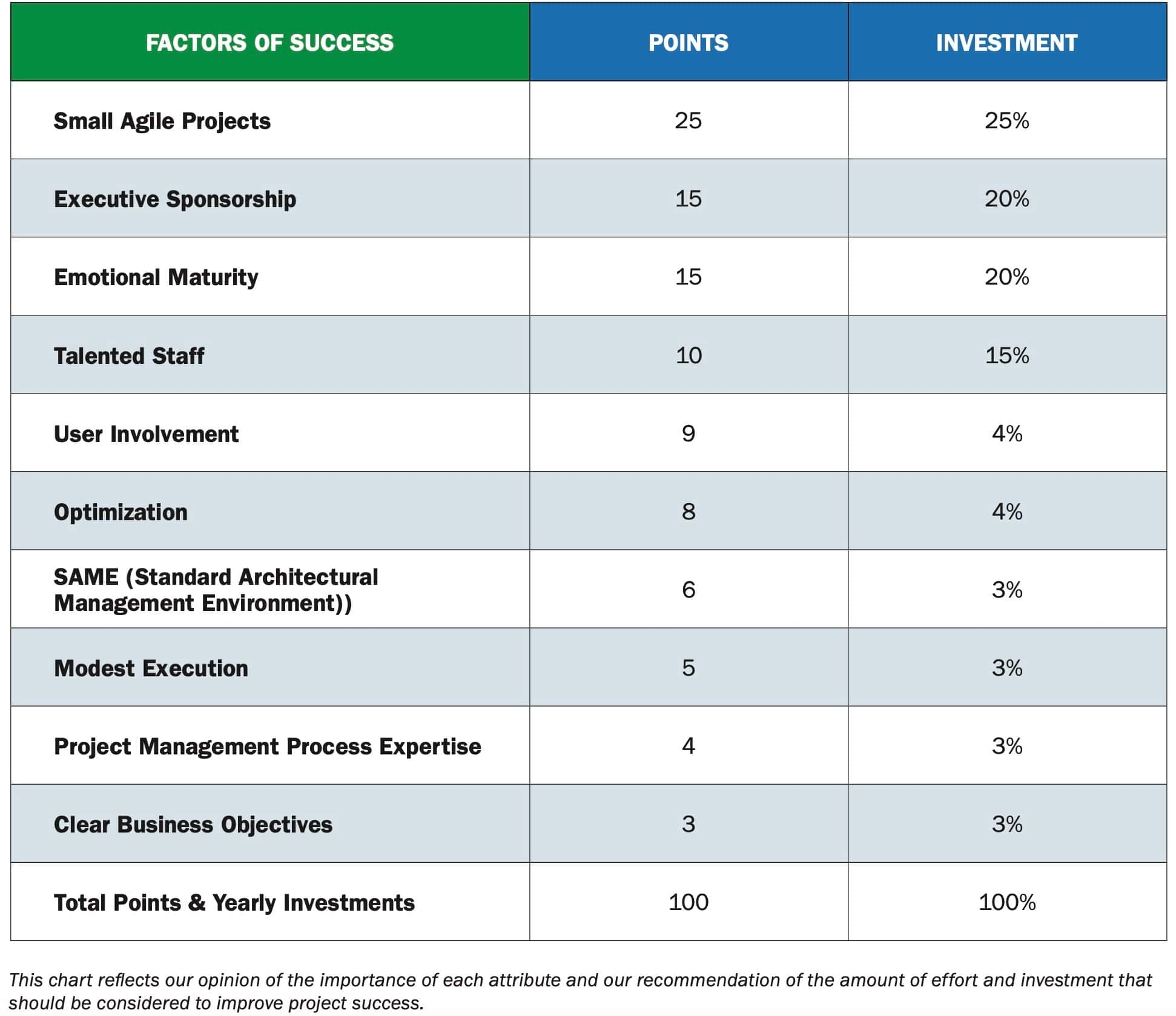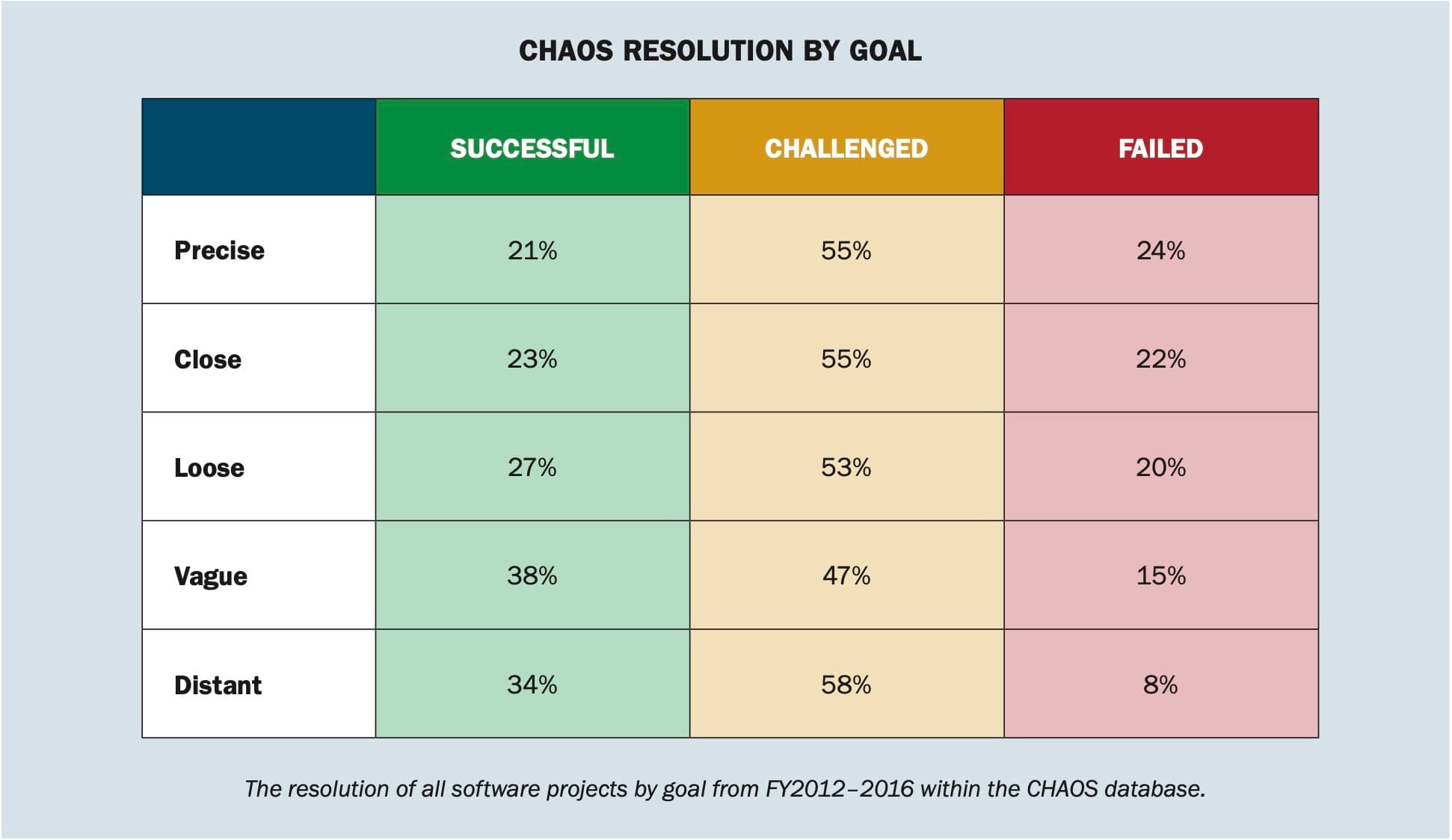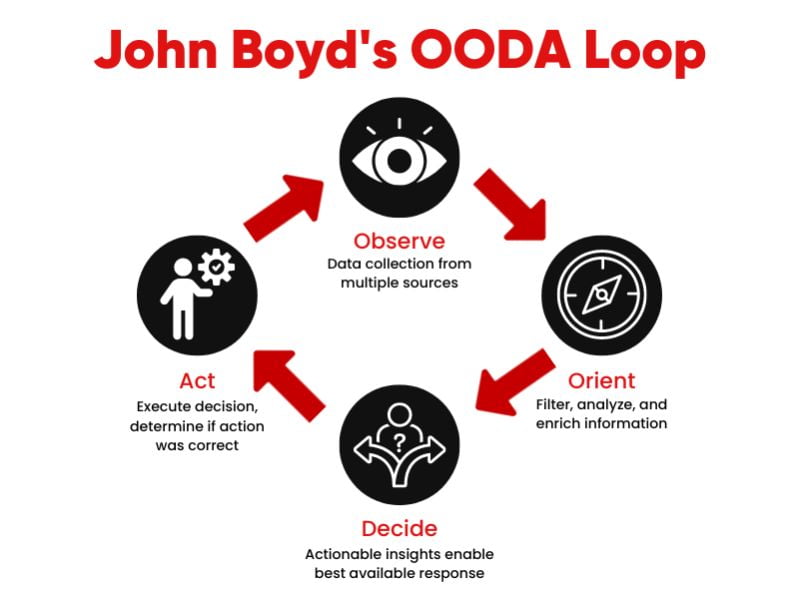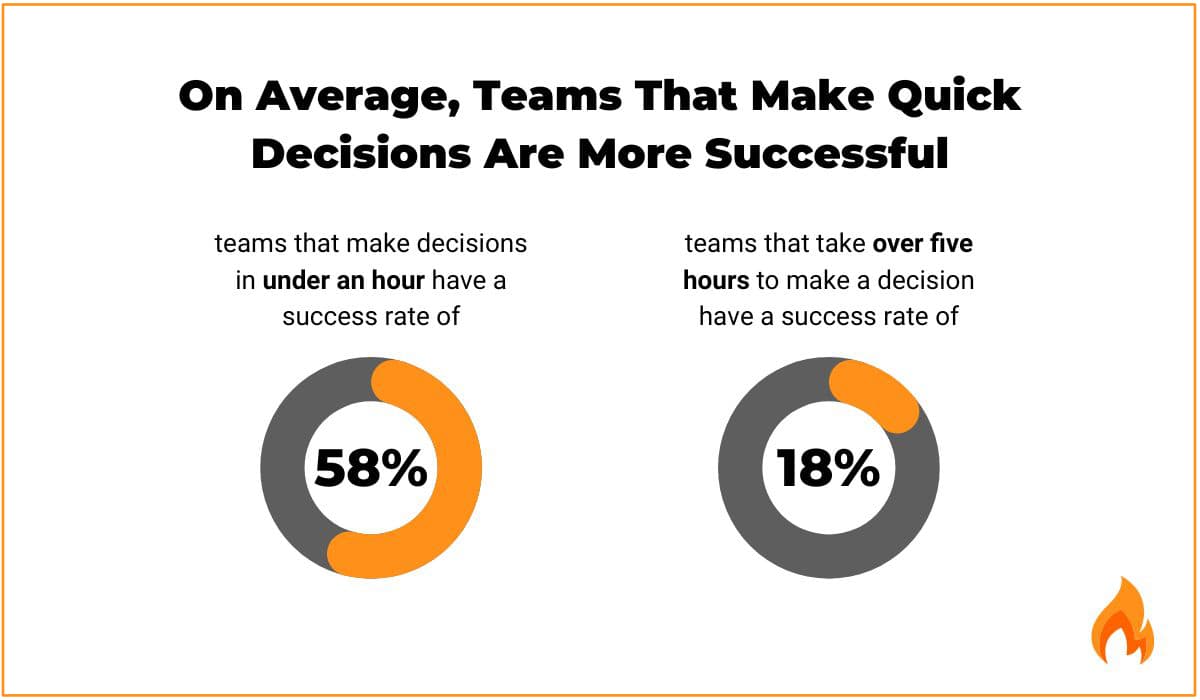How Too Much Goal-Setting Can Impede Product Success

“He who fails to plan is planning to fail,” Winston Churchill said.
By no means am I going to disprove this famous line. Instead, I’ll try to view it from another perspective: What if sometimes too much planning and goal-setting is what dooms us to failure?
Just think of someone so terrified to fail before they even make the first timid attempt to take action. Or too scared of their goal to come up with a plan, let alone any other goals the plan is supposed to help fulfill.
Instead of helping us move forward, goals can sometimes hinder progress and kill creativity. In this article, I’ll tell you why extensive goal setting isn’t always the best way to approach your projects, as well as provide a couple of methods to embrace the chaos and propel your work forward.
First, an important question…
Why Are We So Bent on Goals Anyway?
Whether you’re trying to lose weight, start a relationship, plan the next trip or set up a business – everything seems to lead to the same question: What is your goal?
At this point, you either get too overwhelmed and paralyzed to proceed or you rush into crafting “The Goal.” Step by step, you find out that the goal should be SMART (Specific, Measurable, Achievable, Realistic, Time-bound), that there should be a sophisticated system built to achieve it, and that there are multiple goal-setting techniques, each competing for your attention.
As responsible and prudent as this may sound, the truth is that all these things shift your focus from taking action to putting together a perfect goal.
In a highly dynamic environment where the link between cause and effect is rarely apparent, and where the only certainty is uncertainty, a meticulously defined goal just doesn’t fit. Nor are you granted the luxury of having time to define it.
Even though we are more or less accustomed to the Agile mindset, which prefers forecasting over planning, discarding the comfort of having a plan is easier said than done.
Not only do these principles affect our personal life, they soak into our work life too and shape the way we approach product management.
Fortunately, there are a few methods that can help you avoid the pitfalls of excessive planning and finally move forward with your work.
How to Plan Less and Do More To Achieve Success
Real research and years of project management experience tell an unambiguous story – extensive goal-setting doesn’t always lead to success. So here’s what you can do to avoid getting lost in your goals and gain momentum on your projects.
Tolerate a Lack of Clarity
The Standish Group has been collecting case information on real-life IT environments and software development projects since 1985 and their current CHAOS database has more than 50,000 project profiles. For over 30 years, The Standish Group has been researching and providing advice on how to increase the value of software investments.
In the CHAOS reports released by this organization, the figures about goal setting seem counter-intuitive. According to them, projects with precise goals are less successful than those with vague goals. Per the 2016 CHAOS report (the last report publicly available), having a clear business objective is the least important factor of project success!

Source: Standish Group
They report that while they previously believed that goal clarity and focus were essential to a successful project, by measuring success over time they found the opposite to be true.

Source: Standish Group
The Standish Group is now suggesting that an organization take action over trying to achieve clarity. Many of the most satisfying projects start out with vague goals. The business objectives are dynamic as the project progresses. Project teams should reduce or give up control of the business objectives to encourage and promote innovation.
Move Fast and Break Things
Normally, any change is triggered by a movement or activity. By standing still, you’re unable to change anything. However, whether you like it or not, you have to accept the changes triggered by someone or something else.
And to move, you don’t necessarily need to have a precise goal in mind. At the very least, you have to decide to move and act.
In other words, no change actually happens until you act on your decision (this is reflected in OODA loop, an acronym for Observe, Orient, Decide, Act, a decision-making approach). The key is to move through OODA smoothly as well as quickly.

Source: Speak
Studies show that those who don’t decide quickly are doomed to failure. Another Standish Group’s finding: teams that make decisions in under an hour have a success rate of 58%; teams that take over five hours to make a decision have a success rate of only 18%.

Illustration: Newfire Global Partners / Data: Monday
Investing too much time into trying to achieve clarity may cost too much according to The Standish Group’s “decision latency theory.”
The value of the interval is greater than the quality of the decision. In other words, the slower you make a decision, the worse the result.
To be clear, I’m not suggesting throwing all caution to the wind, moving too fast, or breaking too many things. There are certain decisions (particularly irreversible ones) where it’s good to keep your options open for as long as possible.
Foster the Ambiguity
In a recent study, Harvard professors found that when companies instituted quality-control systems like ISO 9000 to increase certainty in their production processes, they also eliminated the innovation that arose from mistakes, changes, and uncertainty.
Equally, in the “knowledge-creating company” study, Ikujiro Nonaka states:
Ambiguity can prove extremely useful as a source of alternative meanings and a fresh way to think about things. In this respect, new knowledge is born in chaos.
A company’s vision needs to be open-ended and susceptible to a variety of different, even conflicting interpretations. If a vision is too unambiguous, it becomes more akin to an order or instruction. A more equivocal vision gives employees and work groups the freedom and autonomy to set their own goals.
Navigate the Uncertainty
Naturally, having no clear and precise goals sounds terrifying and unreasonable at first. How are you ever supposed to get out of the woods if you have to dive headfirst into the chaos? Having a sense of direction, rather than a specific destination, should be both the question and the answer.
Regardless of what you call it – mission, vision, values – they should drive this sense of direction. They all boil down to your inner beliefs, your personal experience driving you and your unique way of seeing and perceiving the world. Instead of falling prey to attempts to wordsmith a verbose corporate statement or personal motto, start out being as broad and as vague as possible and keep asking “what if?” and “why?”
By focusing on external metrics, you expose yourself to the anxiety and pressure of trying to achieve a specific outcome over which you have limited control. In contrast, if you focus on something you do have control of (your values vs. your goals), you become failure-proof.
David Heinemeier Hansson, creator of Ruby on Rails and Basecamp, rejects the view that we need to sacrifice everything to achieve a goal. He dismisses outcome-based goals as they make no sense when you’re facing uncertainty. He argues that goals are oppressive and create the illusion of control while also increasing anxiety and the likelihood that we make trade-offs about the things we care most about.
Conclusion
Ultimately, none of these recommendations can guarantee success. However, if you do know exactly where you’re heading, instead of rushing straight to your objectives, allow yourself the space to wander. And if you become intimidated, discouraged, or stuck crafting the SMART goals, don’t wait too long before embarking on a journey.
In either case, the most wonderful things are in the periphery and they are not the distractions. They are experiments to do, lessons to learn, and adjustments to make while remaining faithful to what you care about.

quickly transitioned into Business Analysis and Product Management gaining valuable insights along the way. Olena believes in open-mindedness and adaptability, always strives to read between the lines, puts things into question, never takes anything for face value and enjoys dealing with counter arguments because that is in the very conflict of perspectives that the truth is born.